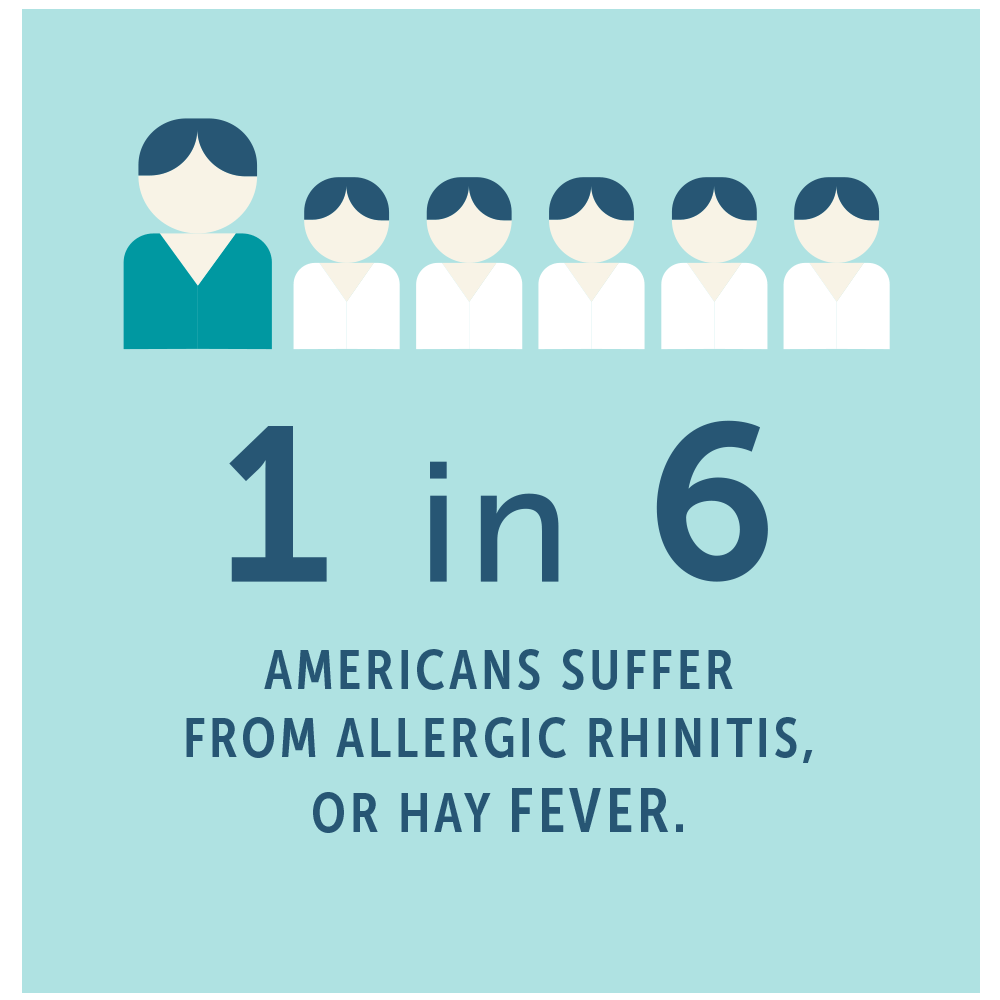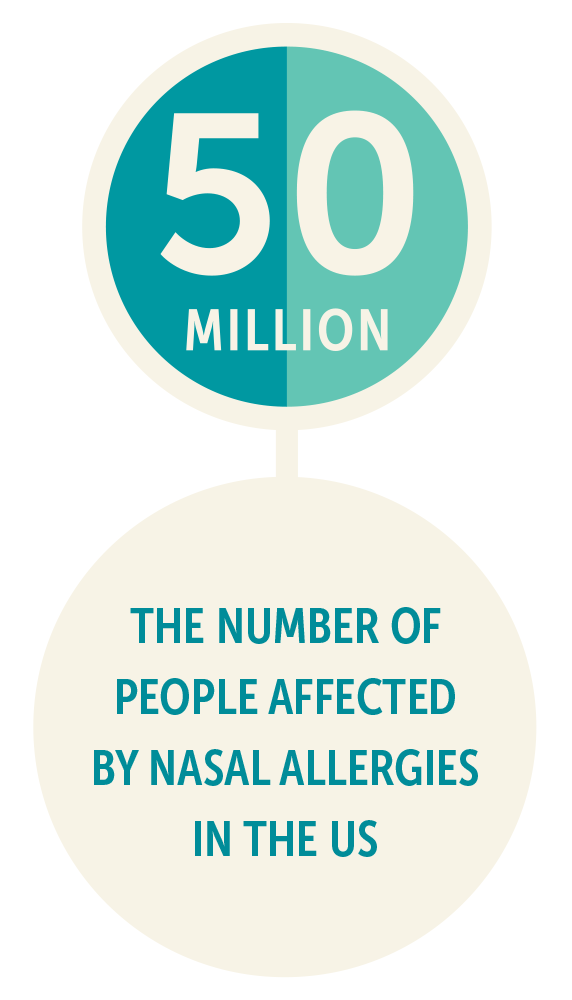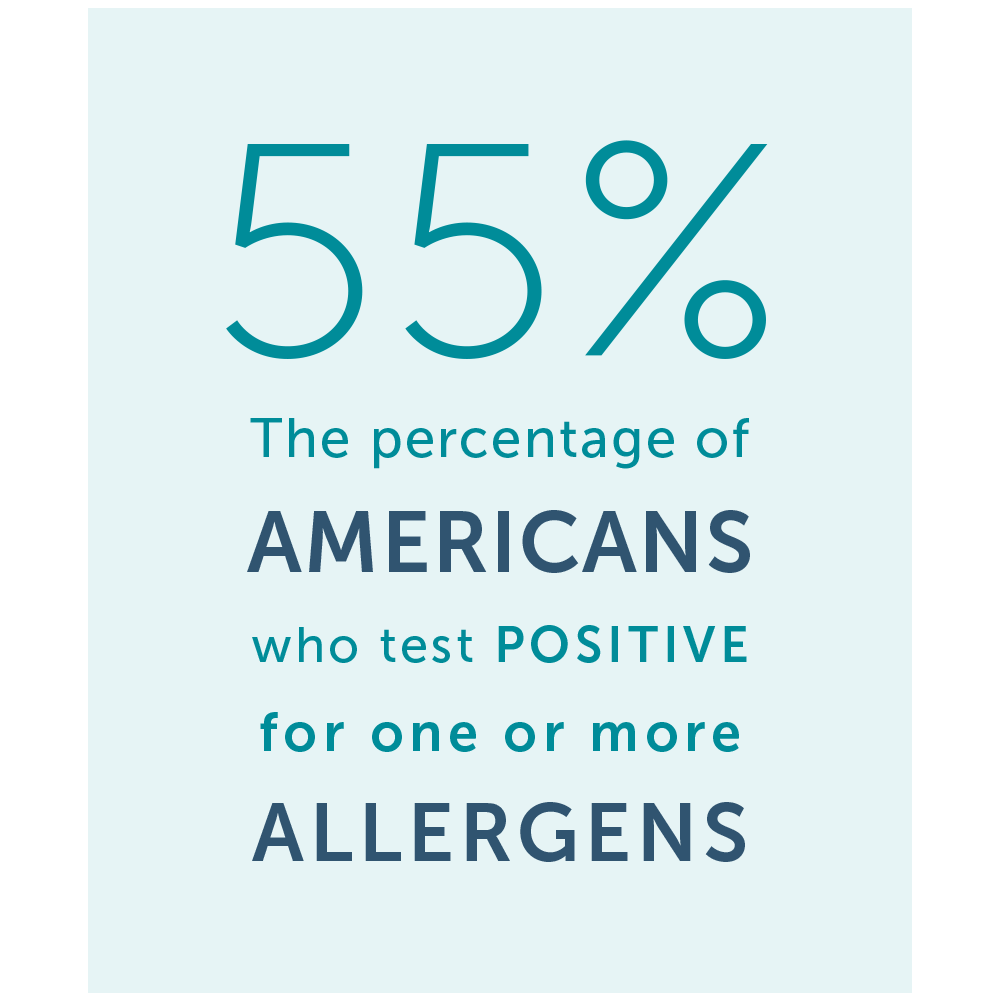For most people, the spring and summer months are a beautiful time, with the beginning of warm weather and blooming flowers. But for the 50 million Americans who suffer from seasonal allergies, it can also mean misery: watery eyes, itchy throat, runny nose, and sneezing.
Here in the Pacific Northwest, many irritants–including dander, mold, and pollen– can be a constant nuisance when you suffer from allergies. “The Northwest has a variety of year-round pollens accompanied by lots of mold in the winter. We basically live in a garden,” says Dr. Justin Rufener, MD, specialist at The Oregon Clinic Ear, Nose & Throat.
“One of the downsides of living in a garden is that there are lots of inhaled allergens. Trees, grass, dust mites, and pet dander are allergens in the Northwest.” The good news is that you don’t have to live with your seasonal allergy symptoms. By learning what triggers your symptoms and how to avoid common allergens, you can find relief and survive this year’s allergy season.
ALLERGIES OR A COLD?
Allergy symptoms can range from mild to quite debilitating, and include nasal congestion, runny nose, sneezing, and post-nasal drainage. It’s easy to confuse these symptoms with a common cold.
Signs you are having a reaction to seasonal allergens include: congestion lasting for more than two weeks; itchy nose, mouth, and eyes; clear or watery mucus; or if your symptoms get worse after being in situations with specific seasonal triggers (like jogging outside next to a grassy field).
FIND THE RIGHT TREATMENT FOR YOU
Treatment often begins with controlling your environment, such as minimizing exposure to known triggers, planning the day carefully when pollen counts are high, and using certain air filters at home.
Medication treatment includes both over-the-counter and prescription options such as antihistamines and nasal sprays. For those who don’t find adequate relief with medications or want a more lasting alternative, immunotherapy or “allergy shots” can be performed by an allergist.
IDENTIFY COMMON TRIGGERS
Allergy testing can help identify which allergen is causing your discomfort and rule out other medical issues that could be creating similar symptoms.
Allergy testing begins by swabbing the arm with small doses of common irritants like pollens, dust, molds, etc., to get a quick idea which substances cause the most severe response. The allergy specialist then injects the substances that caused the strongest response under the skin in progressively stronger concentrations. The skin reaction shows how allergic you are to a particular substance.


